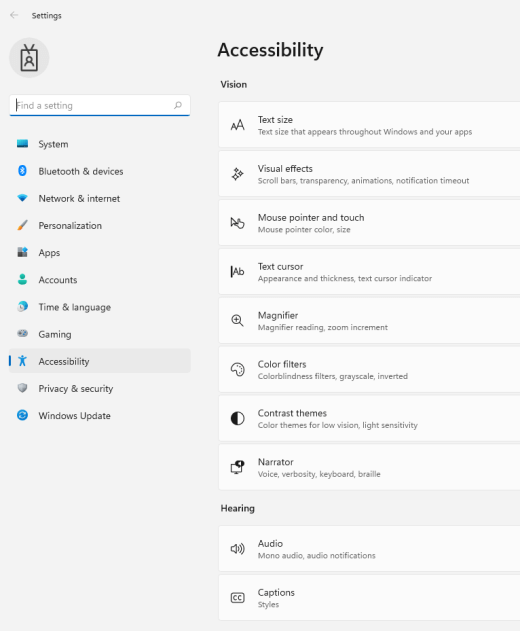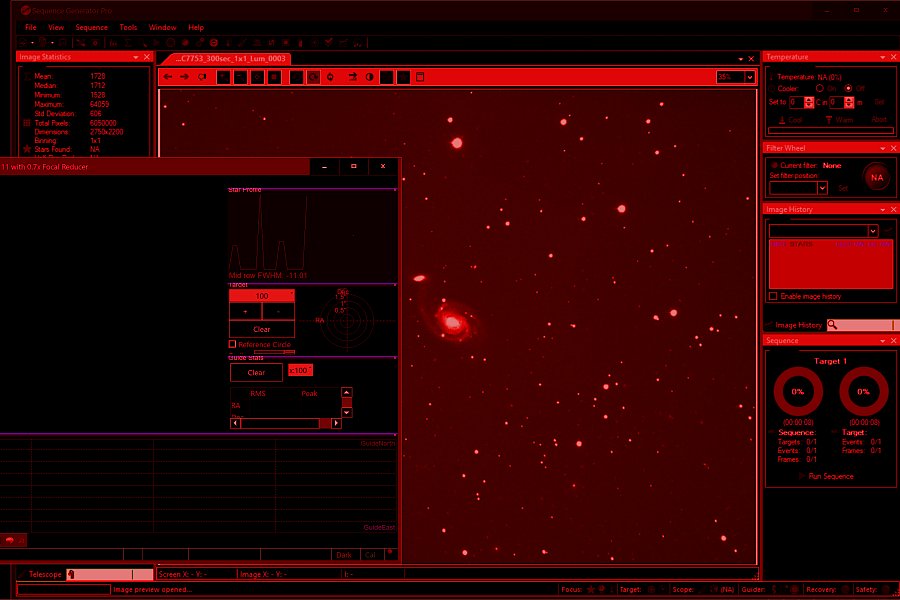

Our bodies are naturally conditioned and programmed to fall asleep when it gets dark and wake up when we’re exposed to light. Unless you’re cranking away at a computer for 10 hours a day every day, your biggest concerns will be when you expose yourself to blue light and for how long. However, avoiding permanent damage to your eyesight is fairly easy because it takes a significant amount of prolonged, repetitive exposure.īy appropriately managing the amount of exposure you’re getting or using a blue light filter, you can prevent any damage that would otherwise occur. With enough prolonged exposure, blue light can harm your eyes and lead to macular degeneration - causing damage the same way UV rays would. If you stare at a computer screen for too long, you may start to experience pain in your eyes and headaches.ĭigital eye strain, also known as computer vision syndrome, may lead to dry, sore, red eyes and blurred vision. One of the most common side effects of blue light exposure is digital eye strain. Eye strain and headaches are trouble signs
Red screen filter pc skin#
If you have trouble waking up in the morning or focusing, a source of blue light can assist with both.īut is blue light harmful to the eye? While our skin doesn’t have much of a problem absorbing and dealing with blue light, our eyes don’t have the same level of protection or filtration.īecause the wavelength of blue light is short and powerful, it can penetrate past the cornea to reach the retina, which is the most light-sensitive part of your eye.ġ. Our bodies are naturally adept at absorbing and dealing with blue light exposure, but like anything else, too much can be detrimental.īlue light exposure can be helpful in some circumstances.

This is because white light LED combines with blue LED to create a solid-state light which uses significantly less energy and power than alternative sources of light, making it ideal for electronic devices.Įven though we are surrounded by blue light in our natural environment our whole life, it’s our digital environment that causes excess exposure and the need for concern.īlue light is harmful the same way having too much sodium in our diet is harmful.

Most computer monitors, cell phone screens, and flat-screen TVs are additional sources of blue light. Whether you’re aware or not, you’re surrounded by blue light all of the time. Even indoors, fluorescent and LED light bulbs are sources of blue light. While we tend to only think of blue light coming from display screens, it’s naturally produced by the sun. Lighter colors like red and yellow are on the opposite end of the spectrum with longer wavelengths and lower energy levels. High-energy, short-length waves like ultraviolet rays are invisible to the eye but fall on the same spectrum.ĭarker colors like violet and blue are the closest to UV wavelength and strength. High-energy waves have short lengths and low-energy waves have long lengths. Blue light is a high-energy, visible (HEV) light falling in the same category of visible light as violet.Īll visible light falls on a color spectrum based on the frequency of a wavelength and energy levels produced by each color. The simplest blue light definition is a high-intensity, short wavelength range of visible light on the spectrum. While there are reasons to pay attention to the ways blue light may be harmful, there is no cause for alarm.


 0 kommentar(er)
0 kommentar(er)
